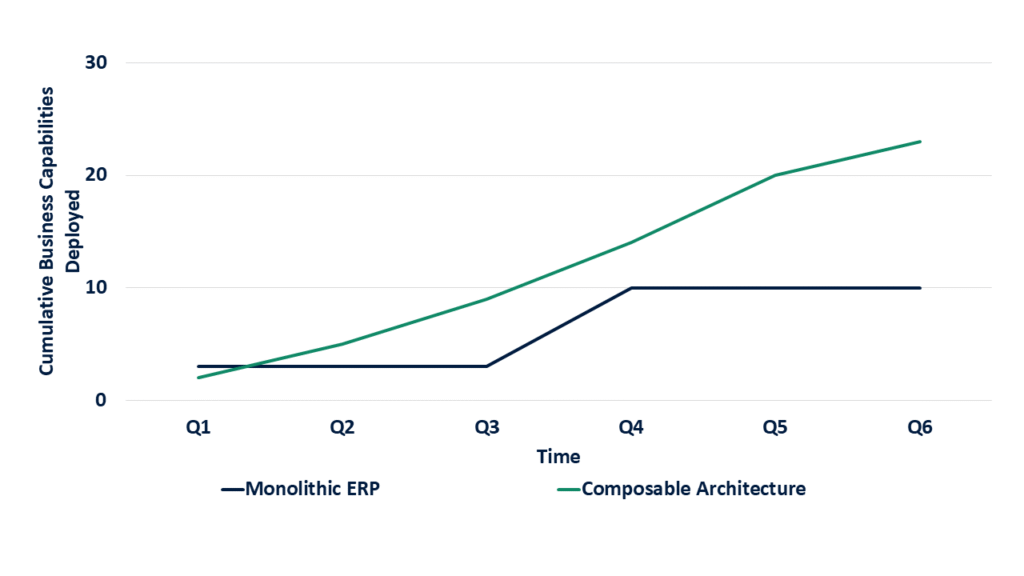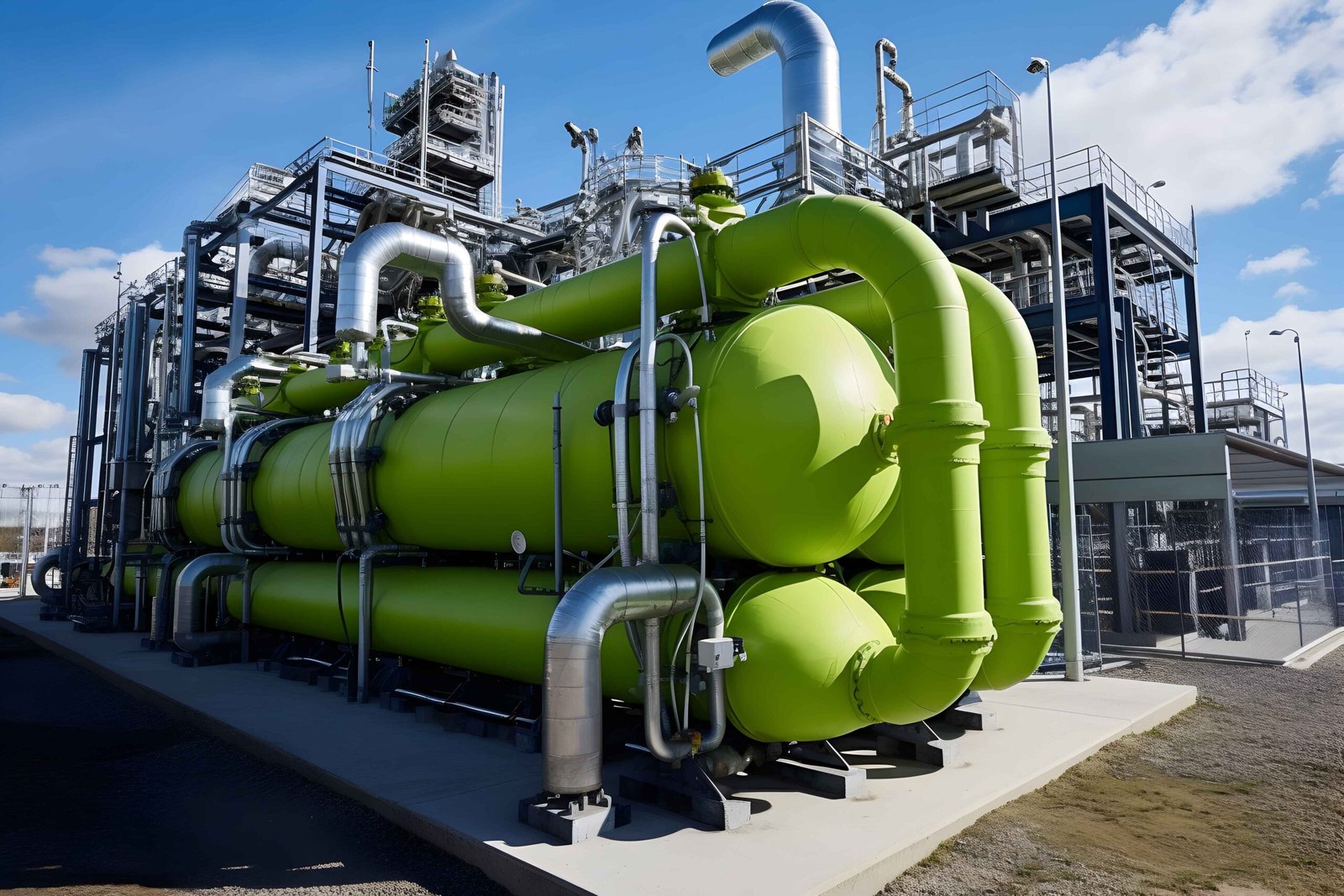For decades, the monolithic Enterprise Resource Planning (ERP) system has been the undisputed heart of the corporate IT landscape. Implemented as all-encompassing, single-vendor suites from giants like SAP, Oracle, and Microsoft, these systems promised a single source of truth and integrated business processes. However, for many, this promise has devolved into a reality of vendor lock-in, upgrade nightmares, and painful rigidity. The digital economy demands agility, but the traditional ERP is fundamentally disagreeable.
A profound shift is underway. We are witnessing the end of ERP as we know it, dismantled not by a competitor, but by a new paradigm: Composable Architecture. This isn’t just an IT trend; it’s a fundamental rethinking of how businesses assemble their core operational technology to thrive in an era of constant change.
The Breaking Point: Why Monolithic ERPs Are Failing Modern Business
The criticisms of traditional ERPs are not new, but their consequences have become untenable.
-
-
- The Innovation Bottleneck: Over 75% of organizations reported that their legacy ERP systems hinder digital transformation efforts. The lengthy, expensive upgrade cycles required by monolithic systems mean businesses often wait years for new features, leaving them lagging behind more agile competitors.
- The Cost Paradox: While intended to reduce costs through consolidation, traditional ERPs often create massive, unpredictable TCO. Nearly 60% of ERP implementation costs are spent on customizations and integrations – fighting the system’s inherent rigidity to make it fit the business.
- The One-Size-Fits-None Problem: These systems force companies to adapt their unique business processes to the software’s logic, stripping away competitive advantage and often reducing operational efficiency.
-
The pandemic was a final stress test. Businesses needed to pivot to new models such as e-commerce, direct-to-consumer, remote work almost overnight. Their monolithic ERPs, unable to adapt quickly, became their biggest liability.
What is Composable Architecture? The Building Block Revolution
Composable Architecture is the antithesis of the monolithic approach. It is a design principle where a business application is built from modular, purpose-built components that can be easily assembled, disassembled, and recombined to meet changing business needs.
The concept is guided by four core principles:
-
-
- Modularity: Each business capability is packaged as a discrete, self-contained component (e.g., a microservice, API-led service).
- Orchestration: Components are seamlessly integrated and coordinated through APIs and event-driven workflows, not hard-coded connections.
- Autonomy: Each component is independently usable, updatable, and replaceable without causing cascading failures across the system.
- Discovery :A central catalog allows users to easily discover, understand, and utilize available components.
-
In practice, this means moving away from a single ERP suite and towards a Composable ERP or “postmodern ERP” strategy. Instead of one system doing everything moderately well, you assemble a “best-of-breed” stack:
-
-
- A best-in-class CRM (e.g., Salesforce)
- A top-tier HRMS (e.g., Workday)
- A specialized SCM (e.g., Blue Yonder)
- A modern Financials core (e.g., Sage Intacct)
-
These components are then woven together into a cohesive whole through a flexible integration layer (like MuleSoft or Boomi) and a unified user experience layer.
The Tangible Benefits: Why Businesses Are Making the Shift
The move to a composable approach isn’t just technological hygiene; it delivers direct competitive advantage.
-
-
- Unparalleled Agility & Speed: Need to enter a new market or launch a new product line? You can swap out or add new components (e.g., a new tax engine, a new logistics partner) in weeks, not years. Companies with composable tech stacks could deploy new features 80% faster than those with monolithic systems.
- Reduced TCO and Vendor Leverage: You break free from vendor lock-in. If a component becomes obsolete or a vendor raises prices, you can replace just that piece instead of the entire system. This competition drives down costs and improves service.
- Resilience and Reduced Risk: A failure in one component doesn’t bring the entire enterprise to a grinding halt. The system is inherently more resilient. Upgrades are less risky as they are isolated to specific modules.
- Innovation Enablement: Composable architecture allows you to pilot new technologies (e.g., AI-powered forecasting, blockchain for provenance) at the edges of your ecosystem without a risky, big-bang core replacement.
-
The Agility Advantage
The following chart illustrates the fundamental difference in how composable and monolithic architecture handles change over time. While a monolithic ERP requires massive, disruptive “big bang” efforts for any significant change, a composable system allows for continuous, incremental improvements. This creates a compounding agility advantage, allowing composable businesses to adapt at the speed of market change.

The Agility Gap: Composable vs. Monolithic Architecture
Making the Shift: It’s a Journey, Not a Flip of a Switch
Transitioning to a composable future is a strategic journey that requires careful planning.
-
-
- Start with the Core: Begin by encapsulating your core financial data as a central “system of record” with clean APIs.
- Adopt an API-First Mindset: Mandate that all new software purchases must be API-accessible. Integration capability is now a non-negotiable selection criteria.
- Prioritize Incrementally: Identify one high-pain, high-value process (e.g., order-to-cash) and recompose it with best-in-class components. Use the ROI from this win to fund the next initiative.
- Invest in Integration Expertise: The new “glue” – API management, integration platforms, and data orchestration – becomes critical competency.
-
Conclusion: The Future is Composable
The era of the monolithic, one-vendor ERP is drawing to a close. It served a purpose in standardizing processes and data, but its inherent rigidity is no longer compatible with the digital age. The future belongs to organizations that embrace Composable Architecture – building agile, resilient, and innovative operating platforms from modular business components.
This shift is not about ripping and replacing everything overnight. It is a strategic, incremental journey towards an ecosystem where technology is finally a flexible enabler of business strategy, not a constraint. The question for leaders is no longer if they will adopt this model, but how quickly can they begin.
Is your ERP holding you back? Our consultants can help you design a composable technology roadmap tailored to your unique business goals. Contact us to future-proof your operations.



